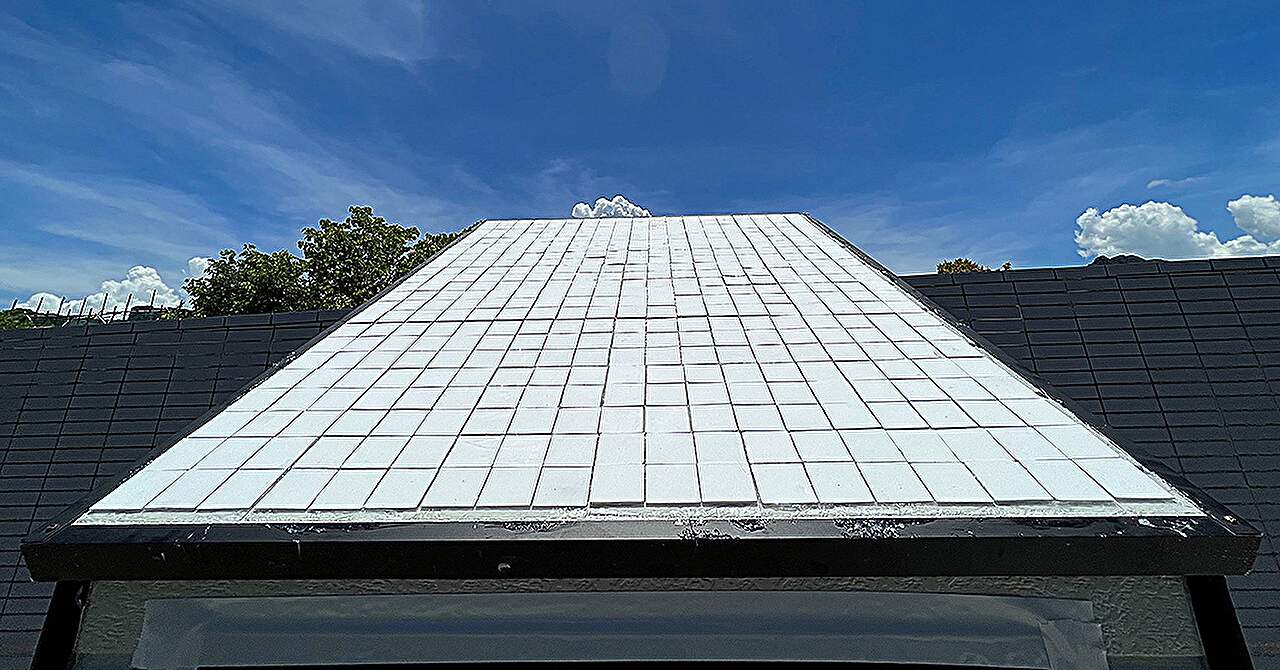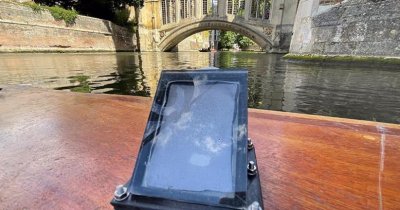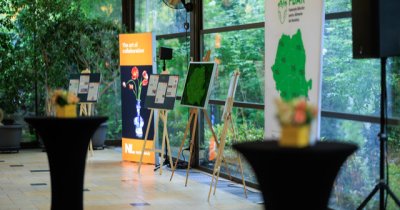Interesting Engineering writes that, as per CityU officials, the material showcased "high-performance optical properties for energy-free and refrigerant-free cooling generation."
Additionally, the structure can be manufactured fairly easily, according to them, by using common inorganic elements, such as alumina.
Professor Edwin Tso Chi-yan explained that "the cooling ceramic is made of alumina, which provides the desired UV resistance degradation, which is a concern typical of most polymer-based PRC designs. It also exhibits outstanding fire resistance by withstanding temperatures exceeding 1,000°C, which surpasses the capabilities of most polymer-based or metal-based PRC materials."
The material also has another important property, which allows it to reflect almost all sunlight that gets into contact with it, 99.6% of it to be exact. The new cooling ceramic material is also said to outperform other types of ceramic materials on the market with regards to their ability to reflect sunlight.
"Our experiment found that applying the cooling ceramic on a house roof can achieve more than 20% electricity for space cooling, which confirms the great potential of cooling ceramic in reducing people's reliance on traditional active cooling strategies and provides a sustainable solution for avoiding electricity grid overload, greenhouse gas emissions and urban heat islands", Professor Tso added.
With a low production cost, good durability and all other benefits it brings to the table, this cooling ceramic could be ideal for the building industry, as we aim to have more energy efficient constructions that make use of passive properties for thermal capabilities.
Photo source: Interesting Engineering
 Mihai - Cristian Ioniță
Mihai - Cristian Ioniță












Any thoughts?